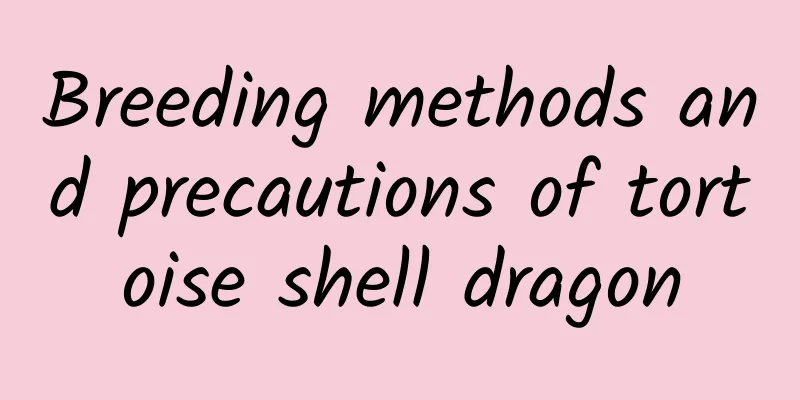Why doesn't wisteria bloom?

Reasons for not bloomingSeedlingsThe reason why wisteria does not bloom is that seedlings are planted, that is, seedlings cultivated from seeds. This kind of seedling usually needs to be cared for for 7 years before it can bloom, while normal grafted seedlings will bloom within 3 years. Insufficient lightSeedlings planted in the ground or in pots need to receive at least 6 hours of sunlight. The maintenance process will be affected by factors such as different planting or placement locations and weather conditions. If conditions permit, artificial lighting can be provided. Improper pruningNovice flower growers do not know how to prune and simply cut off branches that grow too fast. In fact, those are the reproductive branches. Therefore, during the pruning process, if you don’t understand, don’t prune. Even if you need to prune, first cut off the dead branches and leaves, and then seek help from professionals. Not repotting and changing the soil for a long timeThe soil contains a large amount of trace elements, which are necessary conditions for root growth. When you don't repot or change the soil for a long time, the elements in the soil are depleted, the plants lack nutrient accumulation, and it is difficult for them to bloom! Variety and other objective factorsThere are many varieties of wisteria. In the same maintenance environment, some bloom less and some bloom late! These are uncontrollable factors. How it blooms depends on your original choice. The rest is personal reasons. Maintenance depends on luck. Whether the timing of watering and fertilizing is correct will affect flowering! Solution for no bloomingChoose good varieties that bloomSometimes it is not your fault if the plant does not bloom, but the plant itself blooms late or even does not bloom at all. Therefore, you should choose varieties that are easier to bloom. Strengthen management and supplement nutritionIf the plant lacks nutrition and does not bloom due to improper maintenance, you need to strengthen maintenance and apply fertilizer 2 to 3 times during the growing period to ensure the supply of nutrients. Turn the soil and change pots in time to ensure that there are sufficient trace elements in the soil. Reasonable pruningPruning should be based on the growth of the plant itself. If it grows too fast, weak branches and dead branches should be cut off in time. When the plant grows too slowly, do not prune it even if the time is right, so as not to affect flowering! |
<<: Why doesn't the gardenia bloom?
>>: What to do if succulents are frostbitten
Recommend
How to grow peony flowers
Farming methods The soil drainage should be good....
Is it profitable to grow greenhouse vegetables? What is the profit of growing one acre of vegetables?
Is it profitable to grow greenhouse vegetables? T...
Ginger pest control
Common diseases The most common diseases are spot...
Can milk be used to water lucky bamboo? The correct way to water lucky bamboo with milk
Milk Pouring Lucky Bamboo Milk cannot be used dir...
The difference between tobacco flower and tobacco flower
1. Leaf Difference The leaves of Nicotiana tabacu...
What brand of water-soluble fertilizer is good for cucumber flushing (what water-soluble fertilizer is good for cucumber yield)
Cucumber is a common vegetable on the table of co...
Is Dendrobium candidum a shade-loving or sun-loving plant?
Does Dendrobium officinale prefer shade or sun? D...
Fertilization method for potted camellia
Nitrogen fertilizer to promote spring shoots Gene...
How to Plant Coriander Seeds
1. Planting time Planting is usually done in autu...
When is the best time to water Phalaenopsis and what kind of water to use?
Phalaenopsis watering time The watering time of P...
Effects and functions of Huanliangcao
Medicinal effects Huanliangcao has certain medici...
How to fertilize Fragrant Wood
Fertilization method The fragrant wood is a plant...
How to grow bitter buckwheat
1. Soil: Because buckwheat has a fragile root sys...
This flower is the nemesis of second-hand smoke. If you have a smoker at home, grow a few pots of it!
Schefflera arborvitae The leaves of Schefflera ar...
Just pick a branch and stick it in the soil and it will grow, even in hot weather!
1. Million-dollar cuttings 1. Prepare the Soil Th...









